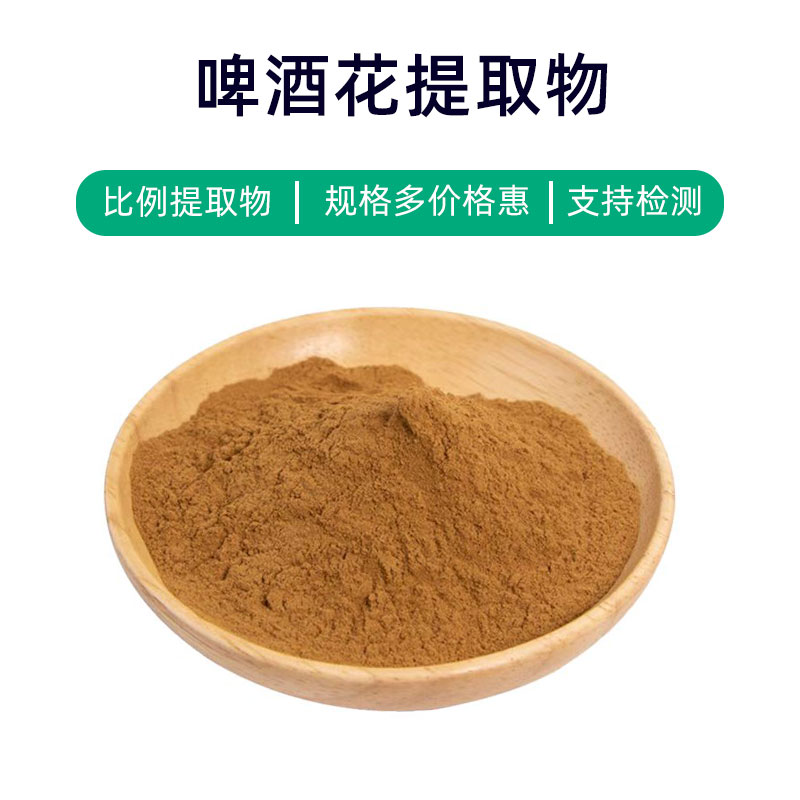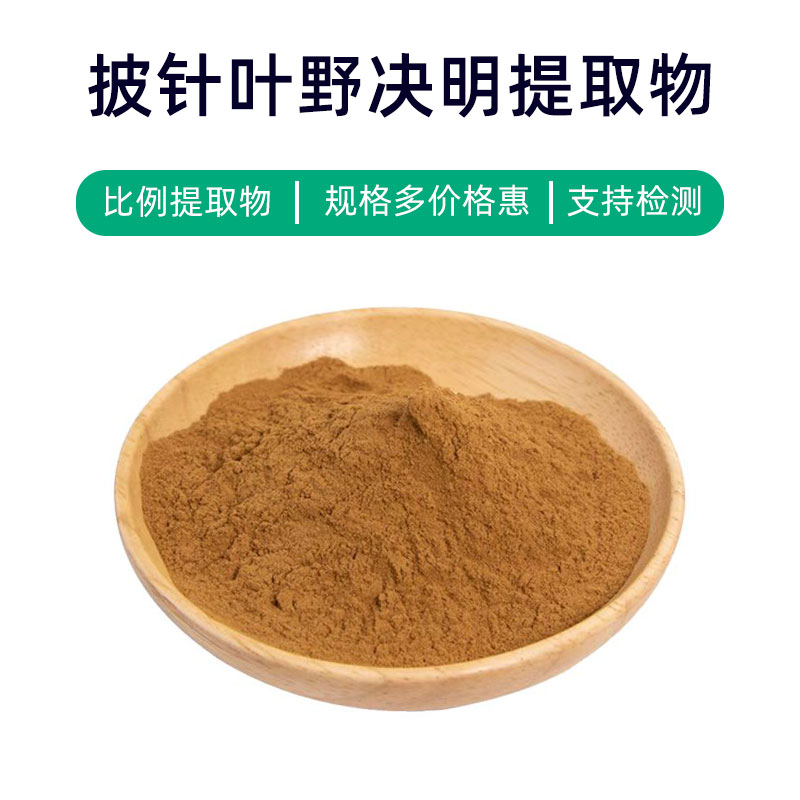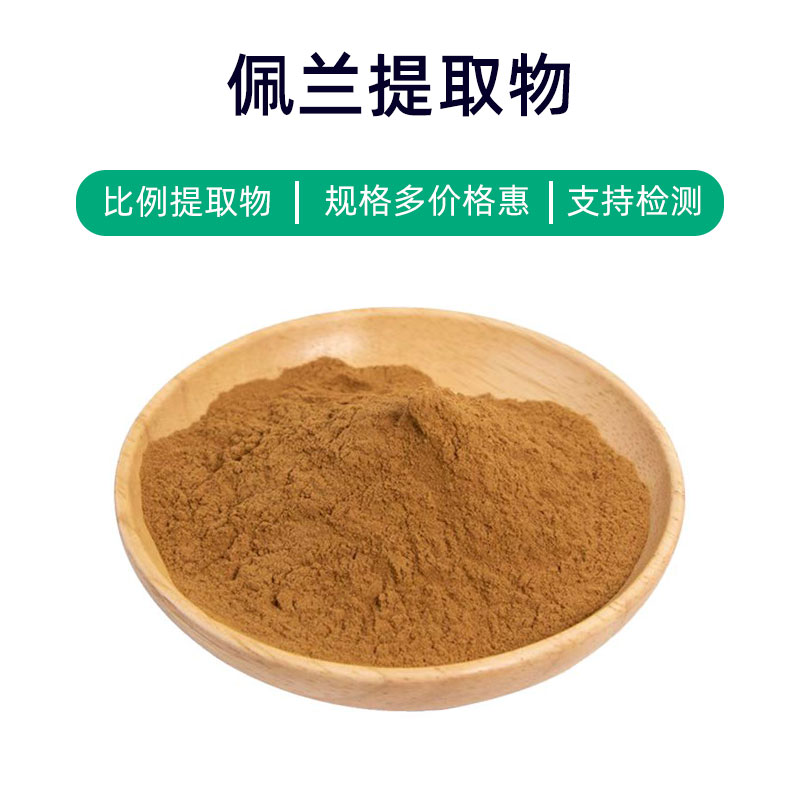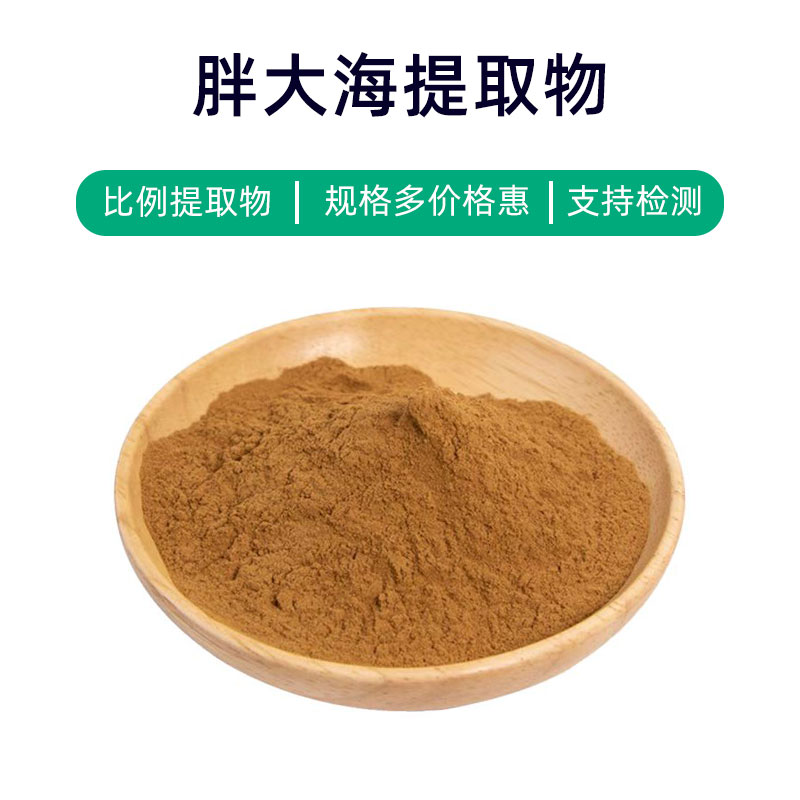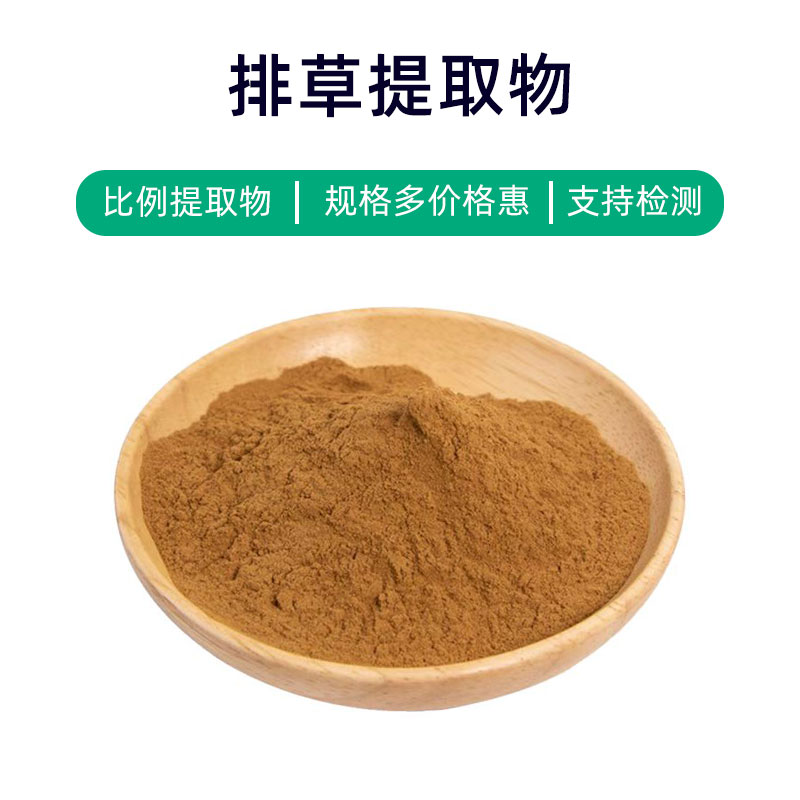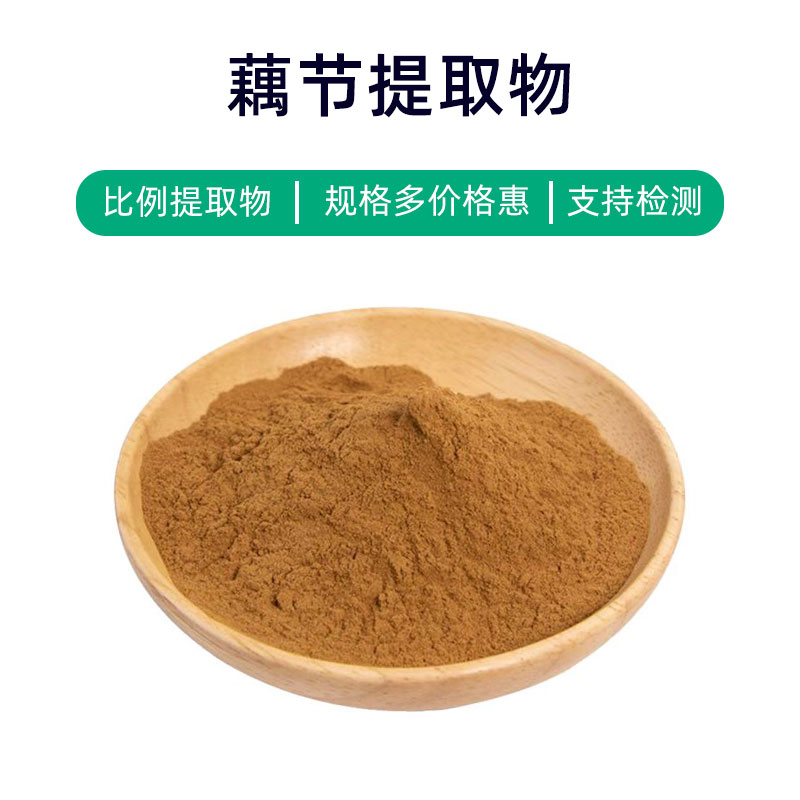Chickweed Extract Product Introduction
Chickweed extract is a natural plant extract obtained from the whole herb of Chickweed (Stellaria media). Its main components include polysaccharides, flavonoids, and alkaloids.
This extract has a variety of benefits, primarily including anti-inflammatory, antioxidant, and wound healing effects. Its anti-inflammatory properties can help alleviate skin inflammation, redness, and itching; antioxidant effects help protect the skin from environmental pollutants and UV damage; promoting wound healing aids in the repair of skin tissue and the restoration of normal function.
Chickweed extract finds widespread application in the pharmaceutical, health supplement, and cosmetics sectors. In medicine, it is commonly used to treat and soothe skin issues such as inflammation, eczema, burns, and wounds; in health supplements, it is often used as a natural antioxidant and immune modulator; in cosmetics, it is typically found in skincare products, soothing creams, and repair creams, known for its calming, soothing, and moisturizing effects.
Chickweed extract is a natural plant extract with good safety and mildness, suitable for various skin types and age groups.
Chickweed Extract Production Process
The production process of Chickweed extract generally includes the following steps:
- Plant Material Collection and Preparation: Fresh Chickweed herb is selected as raw material, cleaned and processed to remove dirt and impurities.
- Extraction Process: The processed Chickweed is crushed or chopped, and then extracted. Common extraction methods include water extraction, alcohol extraction, and supercritical fluid extraction. Water extraction typically involves heating the plant material with water for soaking, followed by filtration or centrifugation to separate the extract.
- Concentration and Purification: The obtained liquid extract is concentrated to remove excess moisture, resulting in a concentrated solution. This solution is then purified using techniques such as resin adsorption, gel filtration, and chromatography to eliminate impurities and enhance product purity.
- Drying and Milling: The purified extract is dried, often using spray drying or vacuum drying technologies, converting the liquid extract into powder form. It is then milled to ensure uniform and fine powder particles.
- Packaging and Storage: Finally, the dried and milled Chickweed extract is packaged according to specified standards, usually in sealed containers to prevent moisture. During storage, it should be kept out of direct sunlight and high-temperature environments, ensuring it remains dry and ventilated.
The above outlines a standard production process for Chickweed extract; specific parameters and steps may vary depending on the manufacturer's equipment and procedures.
Chickweed Extract Benefits and Side Effects
Chickweed (scientific name: Stachys sieboldii Miq.) is a common herbaceous plant with various benefits and functions, including:
- Anti-inflammatory Effects: Chickweed extract contains several active components that provide anti-inflammatory effects, helping alleviate discomfort from inflammation.
- Antioxidant Benefits: The antioxidants in chickweed can eliminate free radicals in the body, reducing oxidative damage and aiding in cell health.
- Antibacterial and Antifungal Effects: Chickweed extract exhibits inhibitory effects against common bacteria and fungi, helping to prevent infections.
- Anti-allergic Properties: Some components of chickweed can mitigate allergic reactions, providing supportive effects for allergic conditions.
- Immune Function Regulation: Chickweed extract can help modulate immune system functions, boosting the body's resistance and improving immune capabilities.
- Digestive Aid: Chickweed has a positive effect on the digestive system, promoting normal digestive function.
- Pain Relief: To some extent, chickweed extract can alleviate mild pain, such as headaches and joint pain.
- Liver Protection: Chickweed displays certain hepatoprotective effects, contributing to liver health.
- Anti-aging Effects: The antioxidants in chickweed may slow down the cellular aging process, offering anti-aging benefits.
It is important to note that Chickweed extract is generally safe with no significant side effects at appropriate doses, but excessive use may lead to digestive discomfort or allergic reactions. Therefore, when using chickweed extract, it is advisable to follow medical advice and avoid overuse. If any discomfort or allergic symptoms arise, usage should be stopped immediately, and medical attention sought.
Chickweed Extract Application Scenarios and Dosage
Chickweed extract has various applications and dosage recommendations in the pharmaceutical, food, and cosmetics sectors. Below is an overview for these fields:
- Pharmaceutical Applications:
In pharmaceuticals, chickweed extract is widely used in traditional herbal formulas for its effects of clearing heat and detoxifying, reducing swelling and pain, and invigorating blood circulation. It is used to treat conditions such as rheumatic joint pain, traumatic injuries, and skin eczema. Common uses include decoctions, ointments, and oral liquids, with dosages determined by the specific condition and formulation, best used under physician guidance. - Food Applications:
In food processing, chickweed extract can serve as a natural herbal additive for enhancing flavor, color, and nutritional content. Common applications include tea beverages, health foods, and seasonings. Dosages typically follow food additive regulations, complying with national standards. - Cosmetic Applications:
In cosmetics, chickweed extract offers antioxidant, anti-inflammatory, and skin-conditioning benefits, commonly used in skincare products, masks, and shampoos. The dosage is generally a component of the cosmetic formulation and should be determined based on the formulation ratio, ideally following product guidelines or manufacturer recommendations.
Overall, the application of chickweed extract in the medical field should comply with medical advice, with dosage and usage under professional supervision; in the food and cosmetic sectors, regulations should be adhered to, ensuring safe usage levels.
Chickweed Plant Introduction, Distribution, and Growing Environment
Chickweed (scientific name: Eupatorium fortunei Turcz.) also known as heartless vegetable, red-stemmed vegetable, or horny goat weed, is a common herbaceous plant belonging to the Asteraceae family, valued for its medicinal and horticultural properties. Below is a detailed description of the chickweed plant’s source, distribution, and growing environment:
- Plant Introduction:
Chickweed is a perennial herbaceous plant, typically growing 30-100 cm tall, with erect stems that are branched. The leaves are oppositely arranged, oval-lance-shaped with serrated edges and hairy surfaces, while the underside is densely covered with white hairs. Flowers are small, arranged in head-like clusters, pale purple or white, blooming generally from summer to autumn. The fruits are achenes, with small, flat seeds. - Distribution:
Chickweed is native to regions in China, Japan, and Korea, primarily found in East Asia. As its medicinal and horticultural values have gained recognition, it has been introduced and cultivated in other areas, including North America and Europe. - Growing Environment:
Chickweed thrives in warm, moist environments, requiring ample sunlight. It typically grows along riverbanks, lakeshores, forest edges, fields, grasslands, and hillsides. It shows strong shade tolerance and can adapt to semi-shaded environments. The soil requirements are not very strict; it generally has strong adaptability but prefers fertile, loose, well-drained loamy soils.
Overall, chickweed is a resilient herbaceous plant that can flourish under suitable conditions, with a wide distribution range. Both its wild and cultivated varieties are recognized for their medicinal and horticultural value, making them significant for human use.
Chickweed Extract Processing and Storage
The processing of chickweed extract generally involves the following steps: first, fresh chickweed plants are harvested, then cleaned and impurities removed. Next, the extraction process is carried out using common methods such as water extraction, alcohol extraction, and supercritical fluid extraction. Following extraction, filtering, concentrating, and drying processes are performed to produce the final chickweed extract.
For storage, it is generally recommended to keep chickweed extract in a sealed, moisture-proof container, away from direct light and high temperatures. It is best stored in a cool, ventilated area, avoiding contact with harmful factors such as oxygen and humidity to maintain stability and integrity of its active compounds. Under appropriate storage conditions, chickweed extract can be preserved long-term, retaining its medicinal value and benefits.
Monica Sun is a seasoned expert in the plant extraction industry with over a decade of experience in research and production. She specializes in the extraction and purification of plant active ingredients, focusing on driving innovation in natural product applications. Monica has participated in the development of multiple functional plant extracts, delivering high-value natural raw material solutions for the health food, pharmaceutical, and dietary supplement sectors.









